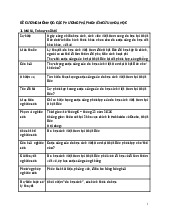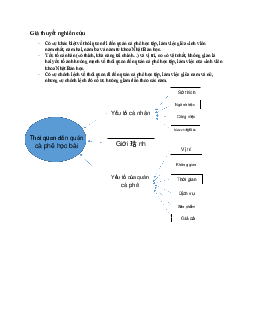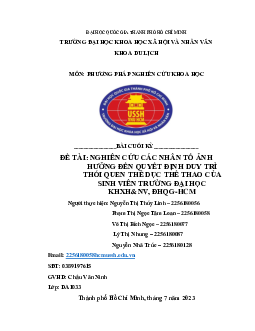

Preview text:
RESEARCH PROPOSAL PEER EVALUATION A. TITLE A.1 understandable, explanatory; A.2
sufficiently and appropriately specific; A.3
a reflection of the content of your paper; A.4 short, concise; A.5 eye-catching, dynamic; A.6 having no abbreviation; A.7
in correct English (i.e. syntax, vocabulary, spelling, capitalization) B. INTRODUCTION B.1
Providing background information about the topic; B.2
Introducing and reviewing items of previous research in the area; B.3 Identifying a problem/need; B.4
Briefly explaining why the research is important (i.e. how the results of my research fill a
knowledge gap, how the research results contribute to the community/help solve a current problem); B.5
Stating research aims and questions clearly; B.6
Research questions are logical, researchable, achievable, and ethical; B.6 Using correct English. C. LITERATURE REVIEW C.1
Mentioning the seminal works on my research topic; C.2
Discussing the progress which has been made since these seminal works; C.3
Selecting the most relevant recent works; C.4
Choosing the best order to mention these works; C.5
Discussing the achievements and limitations of these recent works; C.6
Identifying the gap(s) from these limitations; C.7
Explaining how my research intend to fill the gap(s).
D. RESEARCH METHODOLOGY D.1
Restating research aims/questions; D.2
Justifying the choice of methodology, theoretical framework and research design with respect
to research questions and explaining appropriateness; D.3
Describing how you obtain your informants or draw your sample and discussing its appropriateness; lOMoAR cPSD| 40799667 D.4
Justifying specific research instruments; D.5
Describing the development and testing of new instruments or techniques; D.6
Linking methodology adequately to methodological literature; D.7
Recognizing limits and parameters of methodology used (generalizability, repeatability, etc.); D.8
Describing how to collect data and discussing its appropriateness; D.9
Describing how to analyse data and discussing its appropriateness;
D.10 Considering ethical issues.




